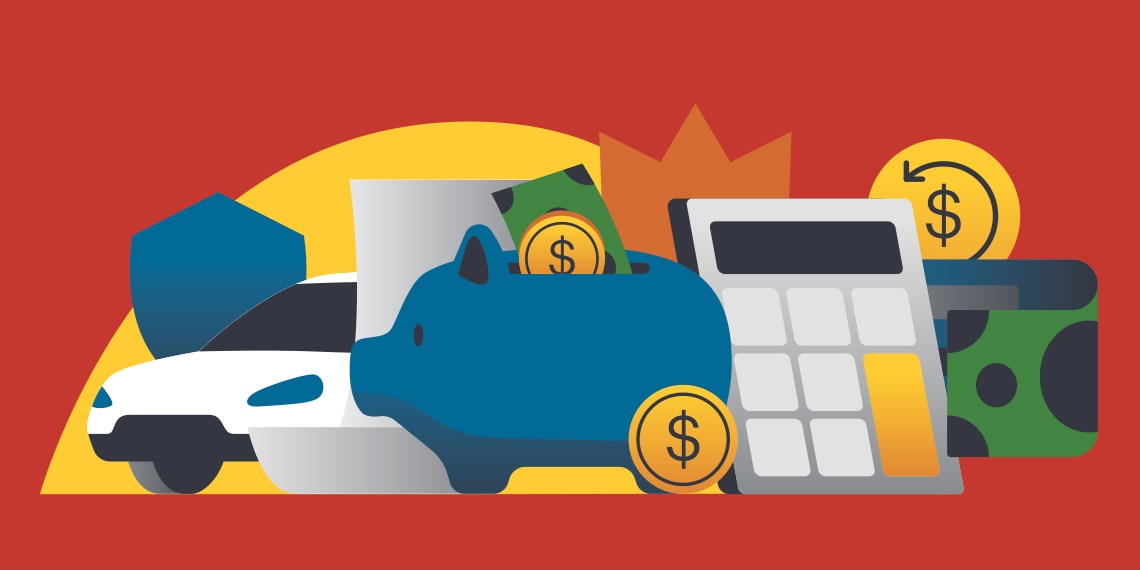
Saving a four-figure sum in a relatively short amount of time is an ambitious but achievable goal, whether you’re an ardent saver or relatively new to the savings habit. Making your savings important to you will be the key to squirreling away $1,000 in six months.
There’s no such thing as a “bad” saver, according to Kitty Bressington, CFP and founding principal of Linden Financial Consultants, an independent financial planning and investment consulting firm in Rochester, NY. “Some people need more coaching, accountability and guidelines, but people who say they can’t either don’t want to spend the time—or it’s not important enough to them,” she says.
Not many of us feel that there’s extra padding in our budgets—especially after the ups and downs of the last two years—and that could be due to the fact that we’re not spending as consciously as we could be. Here’s how to focus your budget to make it align with your savings goal.
Set the Stage: Why Are You Saving?
Bressington recommends first making a goal for the money you are saving. Then, create a savings account just for this money—a high yield savings account at a different institution than your regular bank would work well—to make sure the funds don’t mix with other savings goals or spending money.
“The first thing I tell people is to give the goal a nickname,” says Bressington. “One savings account might be named ‘car repair’ and one might be ‘vacation.’”
Create a Weekly Savings Target
Saving $1,000 is intimidating, but break that down to saving $38.50 a week (for 26 weeks) and suddenly you have a much more approachable figure. Spend a bit less on groceries, skip lunch out, make a coffee at home; however you reach the weekly goal, the essential thing here is to focus on chipping away at it, bit by bit.
Practice Mindful Spending
Mindless spending is not knowing where your money goes. Even if you end up with surplus funds at the end of the month, you could still be a mindless spender because you haven’t tracked your spending.
Mindful spending involves really understanding your cash flow, says Bressington. What income is coming in? What are your fixed bills? What are your discretionary bills or spending? Bressington recommends working with pen and paper to understand your cash flow, as studies have shown it helps the brain absorb information.
On the subject of paper, Bressington tells her clients to collect actual paper receipts as they go about tracking spending for a month. “It embeds in your mind what the purpose of that purchase was,” she says. Don’t beat yourself up for a mindless spend—just note it. After all, Bressington says, sometimes the category is, “Well, that was an interesting lapse in mindfulness!”
Cut Back
Scrutinize where you can change your spending. You don’t want to trim all the joy out of your life, but simply be mindful.
Trimming in some places—cutting back on monthly streaming, gaming or music subscriptions for example—might help you preserve some other discretionary spending, such as a monthly massage or a night out with friends. “Maybe your lifestyle has escalated and there are mindful and mindless dollars commingled,” says Bressington. “Slash as much as possible, then add back mindfully.”
You might also find funds that can be stashed away by:
● Use credit cards for cashback rewards. If you received 1%–2% back on every purchase you make, could that help your bottom line? Just make sure to pay off the balance at the end of every month.
● Negotiate monthly bills. To lower your monthly costs, comparison shop everything from phone bills and internet to insurance.
● Shop with a list—or not at all. For necessary shopping, such as groceries, plan ahead to avoid impulse purchases that can knock you off the budget. For other items—particularly online, where impulse shopping is all too easy—set a one-hour timer, at minimum, to consider if a wanted item is a nice-to-have or a must-have. Avoid upgrading your clothes and gadgets, which can add hundreds of dollars to your monthly expenses.
Keep It Going
Once you meet your $1,000 goal, take a look back. How painful was the six months? Or, perhaps, did you learn along the way that saving doesn’t have to be deprivation, but rather just re-aligning what you spend with your goals?
“These exercises are things that can be repeated,” says Bressington. “If we saved $1,000 this year, we can do that every year.”
Julie Anne Russell is a Brooklyn-based freelance journalist. She writes on personal finance, small business, travel and more.
Illustration by Nick Slater.
Responsible credit card use can be another great way to increase your savings and help you reach your goal. Read to learn more about how those cashback rewards can help you boost savings and prepare for the future.

